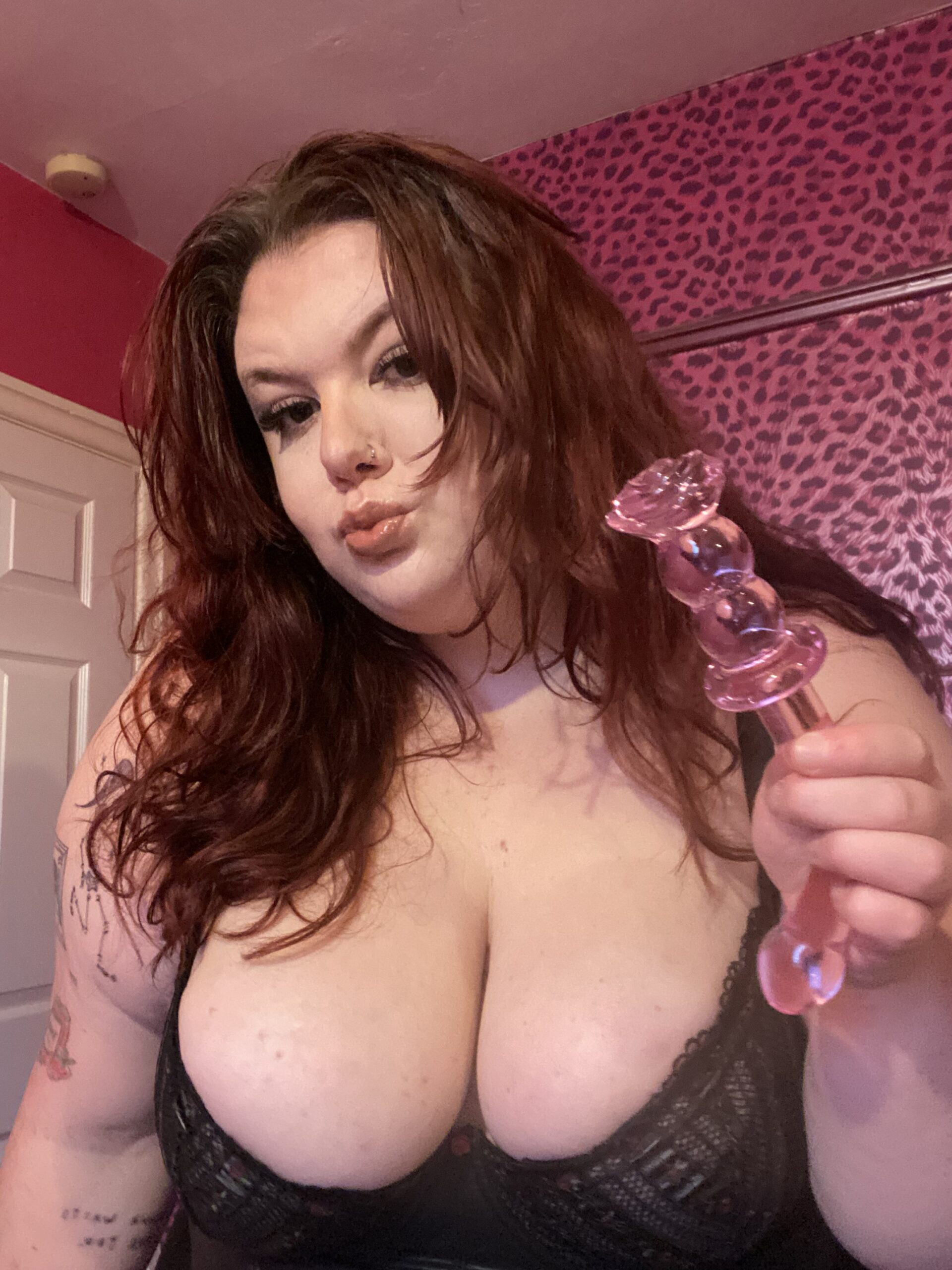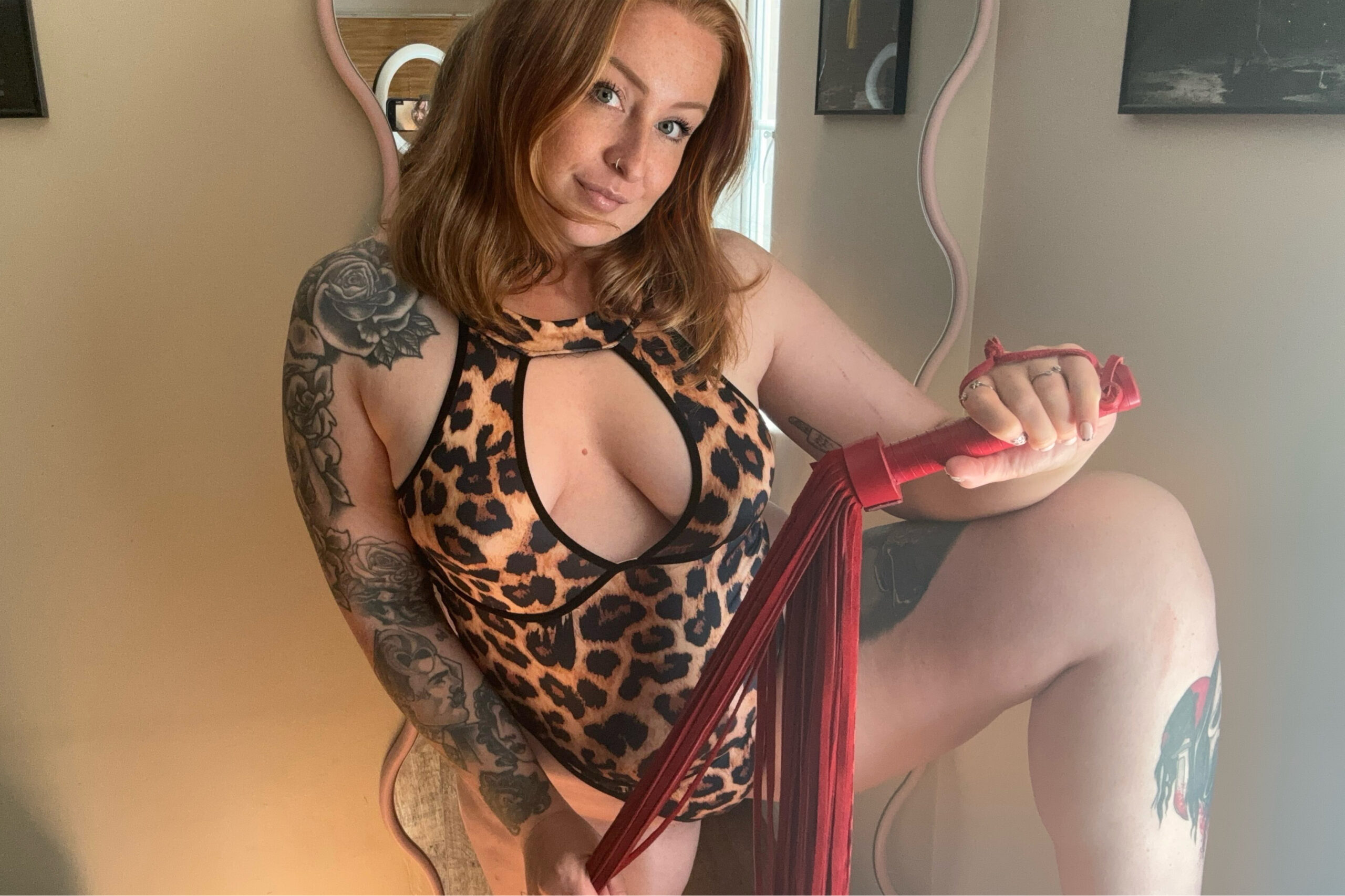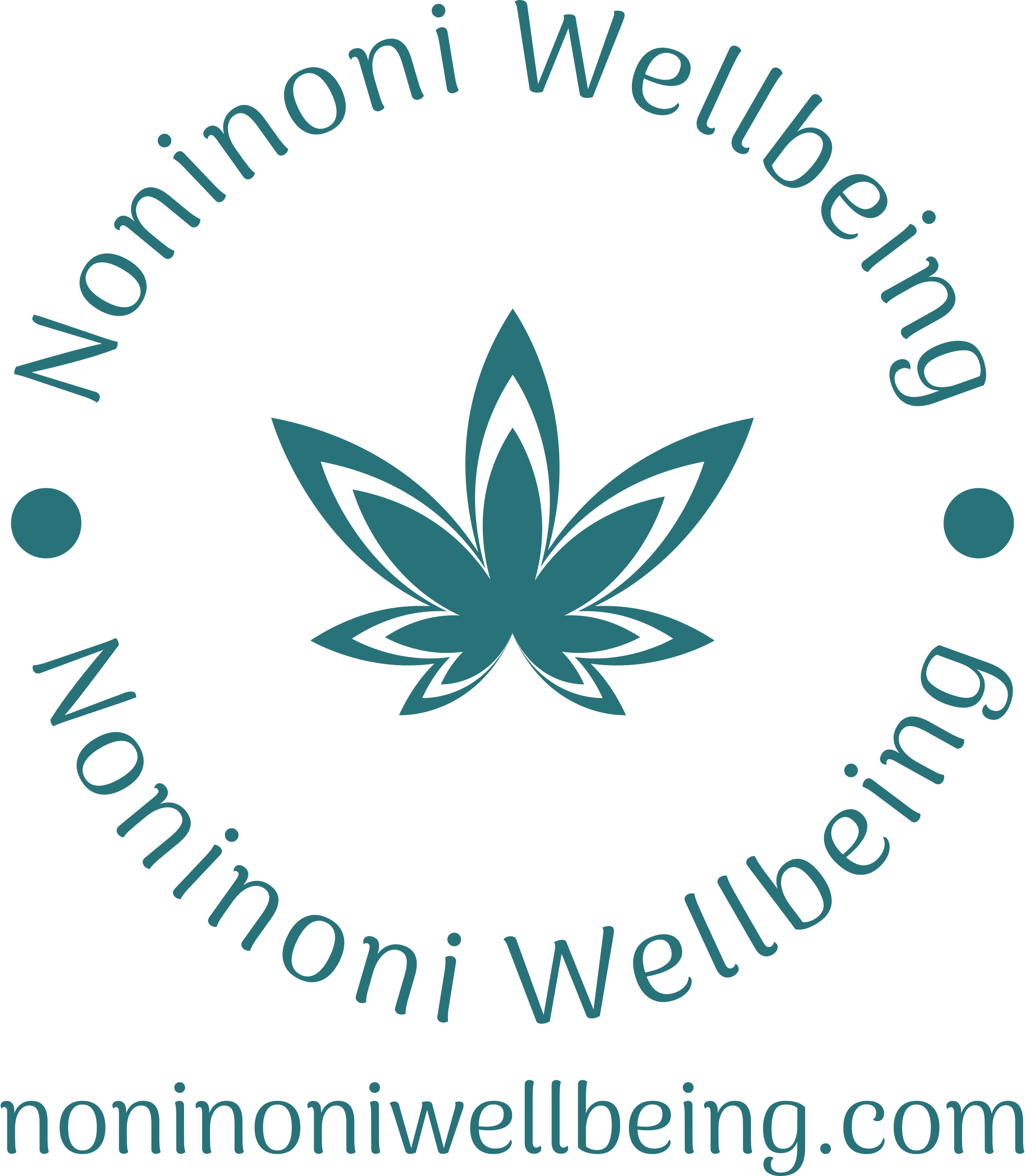The Impact of Race & Ethnicity
Exploring the impact of race and ethnicity within LGBTQ+ dating and relationships reveals the complex interplay of intersecting identities. Understanding how these factors influence experiences of love, intimacy, and connection requires examining the unique challenges and opportunities faced by individuals across various racial and ethnic backgrounds within the LGBTQ+ community.
Intersectional Experiences within LGBTQ+ Communities
LGBTQ+ people of color experience a distinct set of challenges within dating and relationships. These individuals navigate not only the complexities of sexual orientation and gender identity but also the weight of societal biases and stereotypes associated with their race or ethnicity.
For example, Black LGBTQ+ individuals might encounter prejudice rooted in both anti-Black racism and homophobia, leading to feelings of isolation and a lack of representation within dating spaces. Similarly, Asian American LGBTQ+ individuals often face the pressure to conform to traditional family expectations while also grappling with the unique experiences of being queer within a culture that may not always be accepting.
These intersecting identities create complex experiences that can impact self-esteem, relationship dynamics, and access to support systems. Recognizing these nuances is crucial for fostering inclusive and equitable dating environments for all LGBTQ+ individuals.
Dating App Representation and Matching Algorithms
Dating apps, while offering seemingly limitless possibilities, can inadvertently perpetuate existing biases based on race and ethnicity. Algorithms used by these platforms often prioritize matching users with similar profiles, which can result in limited exposure to diverse individuals. This can reinforce racial and ethnic segregation within the LGBTQ+ dating pool, hindering opportunities for meaningful connections across different backgrounds.
Moreover, the representation of diverse identities within app interfaces and marketing materials is crucial for fostering a sense of inclusivity. A lack of visible diversity can send a message to users from underrepresented communities that they are not welcome or valued. This can discourage participation and contribute to feelings of alienation.
To create more equitable dating experiences, it is essential for developers to address these algorithmic biases and prioritize the representation of all racial and ethnic identities within their platforms. Promoting diversity through both content and technology is crucial for building a more inclusive and welcoming space for LGBTQ+ individuals of all backgrounds.
Cultural Norms and Family Acceptance
Understanding the impact of race & ethnicity, cultural norms, and family acceptance in LGBTQ+ dating and relationships requires examining the unique experiences of individuals across various backgrounds.
These factors intersect to shape how individuals navigate love, intimacy, and connection within the LGBTQ+ community.
- LGBTQ+ people of color often face a double burden of discrimination, experiencing prejudice based on both their sexual orientation or gender identity and their race or ethnicity.
- Cultural norms surrounding family expectations, gender roles, and expressions of affection can significantly influence dating practices within specific cultural communities.
- Family acceptance plays a crucial role in the overall well-being and dating experiences of LGBTQ+ individuals.
Lack of familial support can lead to feelings of isolation, shame, and difficulty navigating relationships openly and authentically.
Gender Identity Beyond the Binary
Beyond the traditional understanding of gender as male or female, a diverse spectrum of gender identities exists. This encompasses individuals who identify as transgender, non-binary, genderfluid, and those who embrace other gender expressions that fall outside the binary framework. Recognizing and respecting this fluidity is crucial for fostering inclusive environments where all individuals can authentically express their gender identity.
Navigating Transphobia and Gender Dysphoria in Dating
Navigating dating while gender non-conforming can be challenging, particularly in the face of transphobia and gender dysphoria. Transphobia, rooted in prejudice and misinformation about transgender individuals, often manifests in discriminatory attitudes and behaviors, creating a hostile environment for those expressing identities outside the binary. This can range from verbal harassment and microaggressions to physical violence.
Gender dysphoria, the distress experienced when one’s gender identity does not align with their assigned sex at birth, can also significantly impact dating experiences. Individuals experiencing gender dysphoria may struggle with feelings of discomfort and unease in romantic settings, making it difficult to connect authentically or feel comfortable expressing their true selves.
Creating inclusive dating spaces requires a conscious effort to dismantle transphobic attitudes and create environments where all individuals feel safe and accepted. This includes educating oneself about gender identity and expression, using respectful language, and challenging harmful stereotypes.
Support systems play a crucial role in helping individuals navigate these challenges. Connecting with other LGBTQ+ individuals, finding allies within communities, and accessing mental health resources can provide essential support and guidance.
Communication and Understanding Different Gender Expressions
Understanding and respecting gender diversity is fundamental for creating inclusive dating experiences. Gender identity encompasses a wide spectrum, extending beyond the traditional binary of male and female.
Individuals may identify as transgender, non-binary, genderfluid, or other identities that fall outside this binary framework. Recognizing and embracing this fluidity is crucial for fostering environments where individuals can authentically express their gender.
Communication plays a vital role in bridging understanding between individuals with different gender expressions. Using respectful language, actively listening to others’ experiences, and asking clarifying questions when needed can help foster open and honest conversations about gender identity.
Creating inclusive dating spaces requires empathy, education, and a willingness to challenge societal norms. By fostering a culture of understanding and respect, we can create environments where all individuals feel safe, accepted, and empowered to express their true selves.

The Search for Authentic Connections
Gender identity is not a one-size-fits-all concept. While society has traditionally confined gender to the binary categories of male and female, a diverse spectrum of gender identities exists, encompassing individuals who identify as transgender, non-binary, genderfluid, agender, and beyond. These identities represent unique experiences and expressions of self, challenging the limitations of a rigid binary framework.
For individuals whose gender identity does not align with the sex they were assigned at birth, dating can present unique challenges. They may encounter transphobia, prejudice based on misinformation and stereotypes about transgender people, leading to feelings of isolation and rejection. Navigating these societal barriers while seeking authentic connections can be emotionally taxing.
The search for connection requires vulnerability and the willingness to share one’s true self. For those who identify outside the gender binary, this can mean navigating conversations about gender identity with potential partners, educating them on their experiences, and finding individuals who are receptive to understanding and respecting their identities.
Creating inclusive dating spaces necessitates dismantling harmful stereotypes and promoting empathy. This involves fostering open communication, using respectful language, and creating environments where individuals feel safe to express their authentic selves without fear of judgment or discrimination.
Disability & Neurodiversity in LGBTQ+ Relationships
The intersectionality of disability and neurodiversity within LGBTQ+ relationships adds another layer of complexity to the tapestry of love and connection. Individuals with disabilities and neurodiverse experiences often face unique challenges in navigating dating and fostering meaningful relationships due to societal stigma, accessibility barriers, and a lack of understanding surrounding their needs.
Accessible Dating Environments and Communication
For individuals with disabilities or neurodiversity, dating can present unique challenges. Societal stigma often associates disability and neurodiversity with limitations, leading to prejudice and misconceptions that can impact self-esteem and make it harder to find acceptance within dating spaces.
Accessibility barriers can also pose significant obstacles. Physical accessibility in dating venues, online platforms, and during date activities is crucial for ensuring equal opportunities for connection. Lack of accessible transportation options, inadequate facilities, or a lack of consideration for sensory needs can create exclusionary environments.
Communication styles may also require adaptation. Individuals with autism spectrum disorder, for example, might prefer direct communication and struggle with interpreting nonverbal cues. Open and honest conversations about communication preferences can help foster understanding and build stronger connections.
Creating inclusive dating environments requires conscious effort and a commitment to breaking down barriers.
Promoting representation of disabled and neurodiverse individuals in media, advertising, and dating platforms helps normalize their experiences and challenges societal perceptions.
Addressing Societal Stigma and Prejudice
Disability and neurodiversity intersect with LGBTQ+ identities, creating unique experiences within dating and relationships. Individuals with disabilities or neurodiverse traits often face societal stigma, accessibility barriers, and a lack of understanding surrounding their needs.
- Societal stigma can associate disability and neurodiversity with limitations, leading to prejudice and misconceptions that impact self-esteem and make it harder to find acceptance within dating spaces.
- Accessibility barriers in dating venues, online platforms, and during date activities can exclude individuals with disabilities from fully participating.
- Communication styles may need adaptation for individuals with autism spectrum disorder or other neurodevelopmental conditions. Open communication about preferences can help build stronger connections.
Creating inclusive dating environments requires conscious effort and a commitment to breaking down barriers. Promoting representation of disabled and neurodiverse individuals in media, advertising, and dating platforms helps normalize their experiences and challenges societal perceptions.
Building Inclusive and Supportive Partnerships
Disability and neurodiversity enrich the tapestry of LGBTQ+ relationships, bringing unique perspectives and strengths to connections. Understanding and embracing these diverse experiences is crucial for fostering inclusive and supportive partnerships.
Individuals with disabilities or neurodiverse traits may face challenges rooted in societal stigma, accessibility barriers, and a lack of understanding surrounding their needs within dating contexts.

For example, individuals with visible disabilities might encounter prejudice or assumptions about their limitations, while those with autism spectrum disorder may experience difficulty navigating social cues and communication styles during initial interactions.
Creating truly inclusive dating environments requires a multifaceted approach that addresses both societal attitudes and practical accessibility issues. This includes promoting representation of disabled and neurodiverse individuals in media and popular culture to challenge stereotypes and foster understanding.
Dating platforms can play a role by implementing features that cater to diverse needs, such as offering accessible website designs, providing options for communication preferences (e.g., text-based chat), and creating dedicated spaces for individuals with specific disabilities or neurodiverse traits to connect with others who share similar experiences.
Open communication is paramount within any relationship, but it becomes especially important when navigating differences in communication styles or understanding of social norms. Partners can foster empathy and understanding by openly discussing their needs, preferences, and potential challenges, creating a space where both individuals feel heard and respected.
Socioeconomic Disparities & Intersectionality
Socioeconomic disparities intersect with LGBTQ+ experiences, shaping dating and relationship dynamics in complex ways. Individuals from marginalized communities often face unique challenges related to access to resources, social networks, and cultural understanding, impacting their ability to navigate the complexities of love, intimacy, and connection.
Financial Insecurity and Dating Pressure
Socioeconomic disparities significantly impact LGBTQ+ individuals’ dating experiences, creating barriers to connection and fostering inequalities within relationships. Individuals from marginalized communities often face limited access to resources, a smaller social network, and cultural norms that may not be supportive of their identities.
Financial insecurity can create significant stress in romantic relationships, impacting intimacy and emotional well-being. The pressure to provide stability and financial security can disproportionately burden LGBTQ+ individuals from lower socioeconomic backgrounds who may face greater challenges in accessing employment opportunities or facing discrimination within workplaces.
Limited access to resources like safe housing, healthcare, and legal support can further exacerbate these challenges, making it harder for individuals to prioritize their emotional well-being and build healthy relationships.
Navigating dating apps can be expensive, requiring subscriptions or in-app purchases that may not be feasible for those facing financial constraints. This can limit their options for connection and create a sense of isolation.

Social stigma and discrimination based on both sexual orientation and socioeconomic status can lead to feelings of shame and self-doubt, hindering individuals’ confidence in pursuing meaningful connections.
Creating more equitable dating experiences requires addressing the root causes of socioeconomic disparities. This includes advocating for policies that promote economic justice, affordable housing, access to healthcare, and legal protections for LGBTQ+ individuals.
Supporting community organizations that provide resources and support to marginalized communities can also play a vital role in empowering individuals to navigate dating and relationships with greater confidence and resilience.
Access to Healthcare and Mental Health Support
Socioeconomic disparities profoundly influence LGBTQ+ dating and relationships, creating barriers and inequalities that impact access to resources, social networks, and cultural understanding. Individuals from lower socioeconomic backgrounds often face unique challenges navigating these complexities.
Financial instability can create significant stress in romantic relationships, impacting intimacy and emotional well-being. The pressure to provide stability and financial security disproportionately burdens LGBTQ+ individuals facing employment discrimination or limited opportunities.
Limited access to essential resources like safe housing, healthcare, and legal support further exacerbates these challenges, hindering their ability to prioritize emotional well-being and build healthy relationships.
Navigating dating apps can be expensive, with subscription fees and in-app purchases posing a barrier for those facing financial constraints. This limits their options for connection and contributes to feelings of isolation.
Social stigma and discrimination based on both sexual orientation and socioeconomic status can lead to shame and self-doubt, hindering confidence in pursuing meaningful connections.
Addressing these disparities requires tackling the root causes through policy changes that promote economic justice, affordable housing, healthcare accessibility, and legal protections for LGBTQ+ individuals.
Supporting community organizations that provide resources and support to marginalized communities empowers individuals to navigate dating and relationships with greater confidence and resilience.
Bridging the Gap Through Community Resources
Socioeconomic disparities create significant barriers for LGBTQ+ individuals seeking love and connection. Individuals facing financial instability or lacking access to essential resources experience unique challenges navigating the complexities of dating and relationships.
Financial constraints can strain romantic partnerships, making it difficult to prioritize emotional well-being and invest in quality time together. The pressure to provide stability and security disproportionately impacts LGBTQ+ individuals who may face employment discrimination or limited opportunities.
Limited access to safe housing, healthcare, and legal support further exacerbates these challenges, hindering their ability to focus on building healthy relationships. Navigating dating apps can be financially burdensome, with subscription fees and in-app purchases posing a barrier for those facing financial constraints, limiting their options for connection and fostering feelings of isolation.
Social stigma and discrimination based on both sexual orientation and socioeconomic status can lead to shame and self-doubt, hindering confidence in seeking meaningful connections.
Overcoming these disparities requires a multifaceted approach that addresses the root causes of inequality. This includes advocating for policies that promote economic justice, affordable housing, universal healthcare, and comprehensive legal protections for LGBTQ+ individuals.
Supporting community organizations that provide resources and support to marginalized communities is crucial for empowering individuals to navigate dating and relationships with greater confidence and resilience.
fake vagina sex toy
Explore what they’ve covered
Check out the full write-up
- The Emotional Toll Of Breadcrumbing And How To Reclaim Control - June 2, 2025
- What Are The Risks Of Cheap Non-Surgical Bum Lifts? - June 2, 2025
- Sapiosexuality Demystified: When Intelligence Is The Ultimate Turn-On - June 1, 2025
